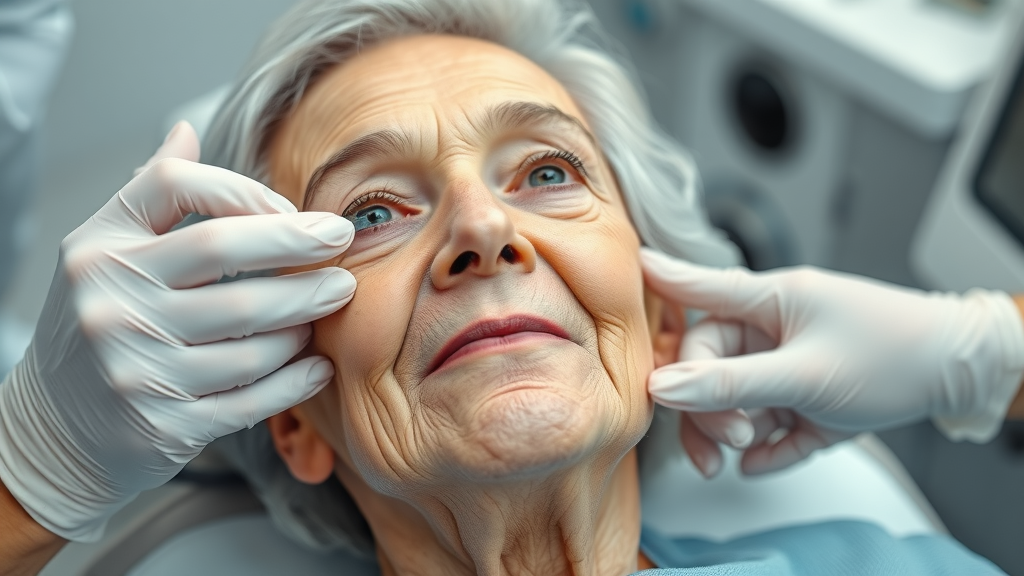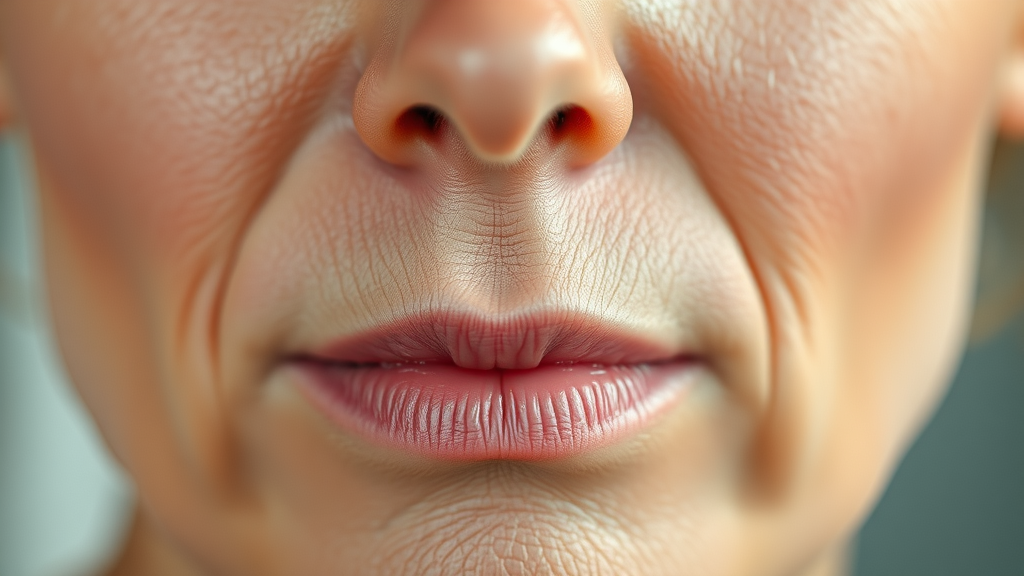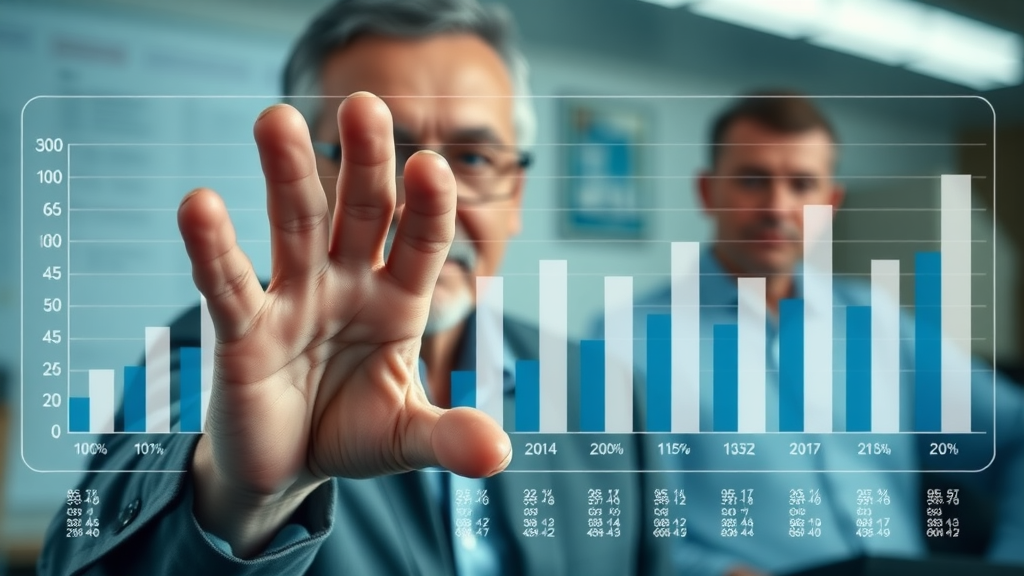Did you know that by 2050, the number of people aged 60 years or older is projected to more than double, reaching over 2 billion globally?
Understanding the Aging Process
Biological Age vs. Chronological Age
While many of us are familiar with chronological age — the number we celebrate each birthday — our biological age can tell a different story. Biological age represents how well or poorly your body is functioning compared to your actual years lived. Factors such as genetics, lifestyle, and accumulated cell damage contribute to this disparity, making biological age a significantly more accurate indicator of one's health and longevity.

Factors Influencing Aging
The aging process is influenced by an array of interrelated factors. Genetics lay the groundwork, with epigenetics — involving DNA methylation and gene therapy — further contributing to cellular aging. External factors like lifestyle choices, stress, diet, and environmental influences also play crucial roles. Moreover, the accumulation of senescent cells and potential decreases in immune system functions can accelerate aging. Effective interventions aim to address these underlying elements to potentially reverse aging or at least slow it down.
The Science Behind Reverse Aging
Recent Advancements in Age Reversal
Recent studies, particularly those involving stem cells and young mice, have generated optimism about age reversal possibilities. Researchers at prominent institutions like Harvard Medical School are exploring how stem cells can rejuvenate aging adult cells. These advancements leverage cutting-edge gene therapy and focus on reversing aging by rewriting the aging clock encoded within our DNA.

Key Studies Supporting Reverse Aging
Several studies published in prestigious journals highlight breakthroughs in reversing age-related decline. From identifying key proteins involved in the aging process to harnessing gene expression modifications, these studies illuminate new pathways to rejuvenate aging cells. For instance, groundbreaking research at Harvard has demonstrated success in biological age reduction in animal models, providing hope for future human applications.
Pros and Cons of Attempting to Reverse Aging
The idea of reversing the aging process brings with it both excitement and caution. On the positive side, potential benefits include improved cognitive function, enhanced physical capabilities, and extended lifespans. However, ethical considerations and unknown long-term effects present challenges. Balancing the risks and benefits is crucial in moving forward ethically and safely.
Strategies to Reverse the Aging Process
Diet and Nutrition
A balanced diet rich in antioxidants, omega-3 fatty acids, vitamins, and minerals is crucial for maintaining youthfulness. Emerging studies suggest that specific dietary patterns, such as the Mediterranean diet, can influence biological aging. Choosing foods that reduce inflammation and oxidative stress, such as those rich in fiber and healthy fats, can potentially slow down the signs of aging.

Exercise and Muscle Mass Development
Regular physical activity is one of the strongest predictors of healthy aging. Resistance training and activities that increase muscle mass are particularly beneficial, as they help maintain a healthy body weight and improve metabolic functions. Exercise not only enhances physical appearance but also supports the immune system and reduces the risk of age-related diseases, such as heart disease.
Mental Health and Aging
Mental well-being is equally important in reversing the aging process. Maintaining a positive outlook, reducing stress, and engaging in cognitive-stimulating activities can protect against cognitive decline. Practices like mindfulness and meditation are not only helpful for mental health but also encourage vibrant aging by promoting neural plasticity and resilience.
| Diet | Key Components | Effectiveness |
|---|---|---|
| Mediterranean Diet | High in vegetables, fruits, whole grains, olive oil | Proven to reduce heart disease, boost longevity |
| DASH Diet | Focus on reducing sodium, increasing potassium | Reduces blood pressure, supports heart health |
| Plant-Based Diet | Emphasizes vegetables, legumes, nuts | Improves immune function, lowers inflammation |
Technological and Medical Innovations
Breakthroughs in 2025 and Their Impact
As 2025 approaches, significant breakthroughs in biotechnology promise to redefine our understanding of aging. Innovations in fields like AI for health forecasting, advanced gene editing technologies, and personalized medicine strategies will potentially transform how we approach age reversal. These breakthroughs are poised to bridge the gap between research and practical applications in reversing the aging process.

The Role of Genetics and Epigenetics
Genetics and epigenetics are at the forefront of age reversal research. The ability to manipulate genetic expressions and intervene in the epigenetic aging clock opens the door for targeted rejuvenation therapies. Cutting-edge research in manipulating DNA methylation process has shown promising results in resetting the biological age of cells, presenting a new frontier in aging research.
Challenges in Reversing the Aging Process
Ethical Considerations
The quest to reverse aging is fraught with ethical considerations. Debates focus on the implications of dramatically extended lifespans, potential socio-economic impacts, and the justice of accessibility to anti-aging therapies. Ensuring that innovation in this field benefits society equitably is a paramount concern to many experts.

Societal Implications
Aging reversal brings with it potential societal changes. Longer lifespans could impact population growth, economic stability, and healthcare systems. It's critical to address how changes might affect societal norms and existing systems to ensure preparedness for widespread adoption of aging-reversal technologies.
Personal Perspectives on Reverse Aging
Opinions of Experts in Gerontology
Expert opinions in gerontology vary widely, with some expressing hope about the potential for radical life extension and others urging caution. Discussions often revolve around the feasibility of implementing large-scale interventions and the impact on quality of life. Despite differing opinions, experts agree that ethical, realistic, and sustainable strategies are crucial for progress.

Public Perception and Skepticism
The public's perception of reverse aging is mixed, with curiosity mingling with skepticism. Concerns often center on safety, accessibility, and the authenticity of purported benefits. Despite these challenges, public interest continues to grow, driven by a desire for improved well-being and extended health spans.
- Potential Benefits of Reverse Aging
- Extended health span and longevity
- Improved quality of life
- Reduced risk of chronic diseases
- Drawbacks and Risks
- Ethical and moral dilemmas
- Unequal access to advanced therapies
- Potential for unforeseen side effects
Which exercise is most anti-aging?
- High-intensity interval training (HIIT) promotes mitochondrial growth, counteracting the age-related decline in cell regeneration.
- Resistance training improves muscle mass, which is crucial in preventing age-related muscle decay.
- Yoga and tai chi enhance balance and flexibility, reducing the risk of falls in older adults.
Is there any way to reverse the signs of aging?
- Regular application of retinoids and antioxidants to protect against skin damage.
- Adopting a healthy lifestyle with a focus on hydration, nutrition, and stress reduction.
- Non-invasive procedures like laser therapy to enhance skin texture and tone.
Can an aging face be reversed?
- Dermatological methods such as micro-needling and chemical peels improve collagen production.
- Non-invasive options like ultrasound skin-tightening stimulate deeper tissue layers.
- Consistent use of sunscreens and moisturizers delays the signs of photoaging.
What is the anti-aging breakthrough in 2025?
- Breakthroughs in senolytic drugs that clear senescent cells, rejuvenating tissue health.
- Advancements in telomere-lengthening techniques that guard against genetic aging signs.
- Expected developments in personalized anti-aging protocols will offer targeted therapies.

Closing Thoughts and the Future of Reverse Aging
The quest to reverse the aging process remains both a captivating and divisive topic. As research progresses, the potential for significant breakthroughs in the coming years is promising. With balanced optimism and caution, the future holds exciting possibilities for redefining how we age.
“The future of aging is not just about living longer, but living better and healthier.”
An engaging video summarizing the article and envisioning the future of aging reversal.
FAQs
Which exercise is most anti-aging?
Exercises like high-intensity interval training, resistance workouts, and yoga are considered highly effective in combating age-related declines and improving overall physical health.
Is there any way to reverse the signs of aging?
While aging cannot be stopped, a combination of skincare practices, healthy living, and non-invasive cosmetic techniques can effectively mitigate visible aging signs.
Can an aging face be reversed?
Yes, through a mix of dermatological treatments and consistent skincare practices, one can enhance and rejuvenate facial appearance without surgery.
What is the anti-aging breakthrough in 2025?
2025 is expected to bring significant advancements in senescence-targeted therapies and personalized genomic strategies promising a new era in age management.
 Add Row
Add Row  Add
Add 



Write A Comment